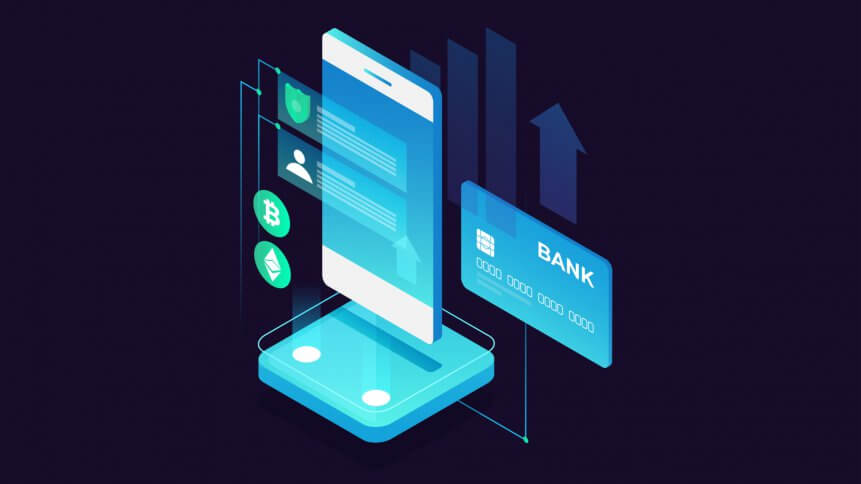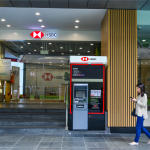How the pandemic became a catalyst for digital banking

- Digital banking offers a more convenient and safer way for customers to access financial services
- The surge in e-commerce and online transactions will encourage the adoption of digital banking services
- Pandemic push for digital banking will see its impact endure for decades
In the thick of the pandemic, we witnessed a boom in e-commerce as homebound consumers turned to digital platforms and tools to buy their necessities. In the US, up to 40 million shoppers went online for grocery shopping in April. In Italy, e-commerce transactions have increased by more than 80%, according to a recent McKinsey survey.
Now with signs of recovery and global economies reopening, the effects of digitalization in consumer payments are unlikely to reverse. Instead, this increased usage is driving consumers towards other online financial services, with mounting evidence that banks don’t really need that many physical branches to operate.
It’s a sentiment that’s been echoed by a Goldman Sachs Group executive: Harit Talwar, head of the firm’s consumer banking division told Bloomberg that “more than a quarter of customers don’t plan to return to branch offices even after it is safe to do so.”
Earlier this year, when states with major economies like New York and California began implementing stringent regulations to curb the pandemic, many banks switched their operations to drive-thru and ATM services.
Reduced working hours and full-on closures of branches became commonplace amid sanitization efforts and new normal daily hygiene practices. JP Morgan Chase closed 20% of its branches in March, while remaining outlets were equipped with drive-through windows and glass that separated tellers and customers.
Major banks enlisted the help of virtual assistants to cope with the larger volume of customer demand and services, with a majority seeking to access to banking services via digital means.
Although the temporary measures may fulfill the demand of customers and sustain banking operations amid an ongoing global health crisis, these dynamics are creating a golden opportunity for digital-only banks to emphasize the benefits of their services and platforms.
In the UK, the number of people who have a digital-only bank account has grown by 165% in just 12 months. The research, led by Finder, also estimated that 11.2 million new accounts would be opened by 2025, meaning up to 23.3 million UK citizens would have a digital-only bank account by 2025.
While the study revealed digital banking was favored for the convenience of services, better rates offered, and free overseas transactions, the pandemic has emphasized the convenience factor for many who are also becoming increasingly more comfortable with faceless transactions.
Tech giants are also looking for a piece of the pie and are now venturing into the finance and payment sphere. Google is reportedly set to launch its own debit card — the Google Pay card — that would offer core functions of a virtual payment card and a physical card linked to the Google Pay app. Meanwhile. Microsoft has announced a partnership with fintech player Plaid, and they plan to introduce a new feature that allows Microsoft 365 users to manage, track and analyze their money and spending seamlessly via Excel
Finance and payment services are increasingly becoming available online – it won’t be long before digital banking becomes commonplace as everyday transactions are increasingly taking place on digital platforms.
“We are hearing through consumers’ behavior that they want online financial services because it is easy, it is convenient, and it is safe,” Talwar shared. “If they can do that for groceries, why not for banking?”










